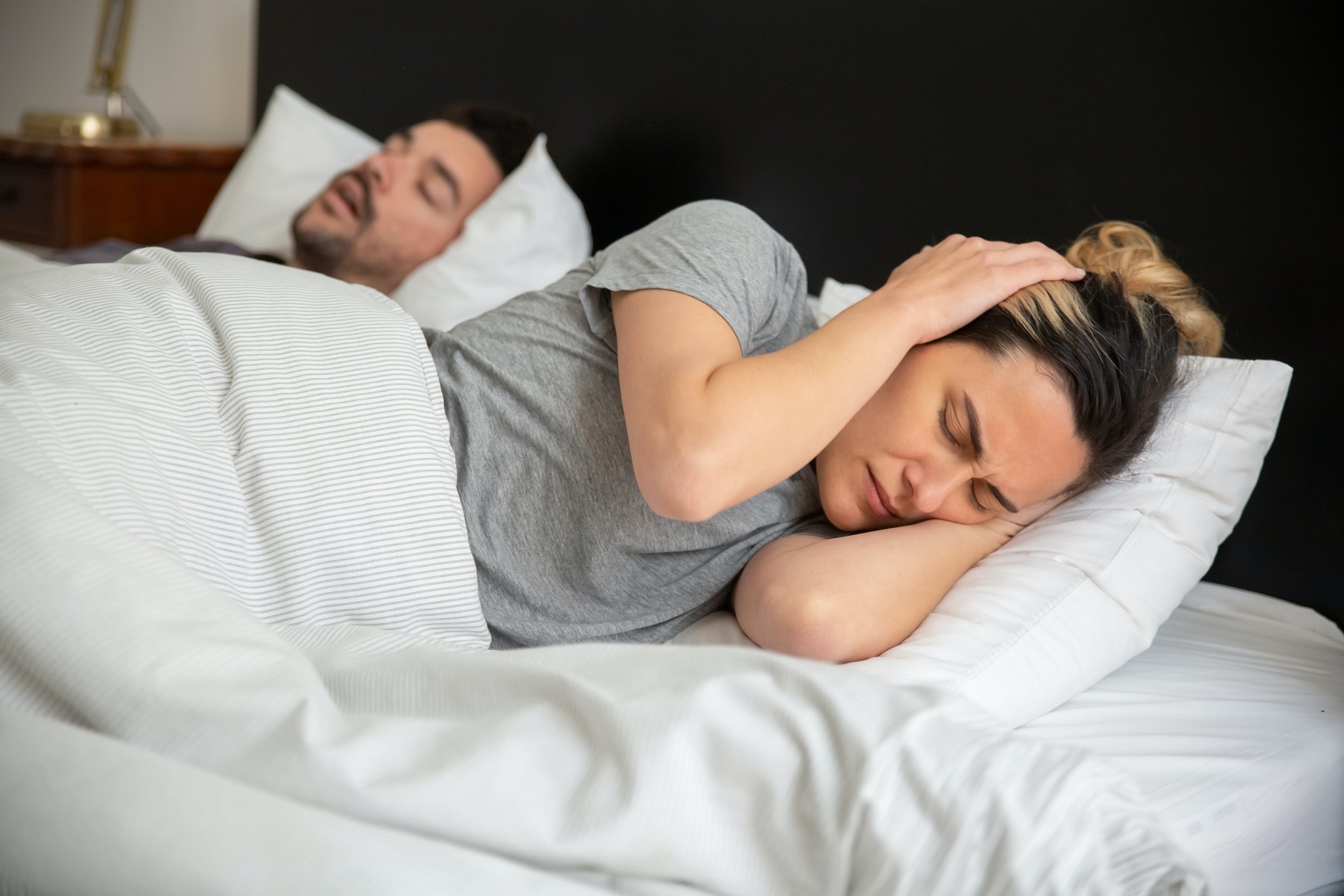
Decoding Sleep Apnea Solutions: A Comprehensive Guide to CPAP, APAP, and BiPAP Machines
If you snore persistently during sleep or experience difficulty breathing, leading to frequent awakenings, it may be due to upper airway obstruction. According to a recent study, over 1 billion people worldwide suffer from various forms of sleep apnea. Sleep apnea has made significant strides in the medical field, and the most common and safest treatment is the use of a breathing machine.
Typically, depending on the severity of your condition, your doctor may recommend CPAP, APAP, or BiPAP machines. But what do these terms mean, and how do you choose? Let’s delve into the details!
- CPAP (Continuous Positive Airway Pressure): CPAP stands for Continuous Positive Airway Pressure. It involves maintaining a stable breathing drive and appropriate tidal volume under conditions of spontaneous breathing. Throughout the respiratory cycle, a certain level of positive pressure is artificially applied to the airway, preventing airway collapse, increasing ventilation, improving lung compliance, and enhancing oxygenation, thus providing continuous positive pressure ventilation.The CPAP machine consists of an electric device, humidifier, tubing, and a mask. The machine delivers air in pressure form to the patient, and the built-in humidifier prevents throat dryness during the night. CPAP signifies a single-level mode, and the pressure settings can be adjusted to suit individual pressure ranges.CPAP machines are suitable for patients with Obstructive Sleep Apnea (OSA). They are particularly effective for individuals with mild respiratory pause conditions and are very user-friendly.
- APAP (Auto-adjusting Positive Airway Pressure): AutoCPAP, or Auto-adjusting Positive Airway Pressure, operates within a preset pressure range and automatically adjusts the treatment pressure based on the patient’s airway obstruction. This significantly improves treatment comfort. AutoCPAP monitors events such as apnea, hypopnea, snoring, and restricted airflow, automatically adjusting pressure in response to different respiratory events. It is mainly used for patients with Obstructive Sleep Apnea-Hypopnea Syndrome (OSAHS).Compared to CPAP, APAP has better tolerance and is currently the primary treatment mode in the market. APAP is suitable for those intolerant to CPAP, as well as individuals with unstable respiratory pause conditions due to factors such as position, alcohol consumption, or medication.
- BiPAP (Bilevel Positive Airway Pressure): BiPAP ventilation therapy involves dual pressure settings – one for inhalation (IPAP) and another for exhalation (EPAP). During inhalation, the machine provides a higher inspiratory pressure to facilitate breathing, and during exhalation, it delivers a lower expiratory pressure to aid exhalation, ensuring smooth breathing and synchronizing with the patient’s respiratory rhythm.Advantages include reduced resistance during exhalation, providing better comfort than single-level pressure.BiPAP is suitable for treating conditions where high-pressure therapy is needed, for individuals unable to tolerate or adapt to CPAP, and for patients with comorbidities like chronic obstructive pulmonary disease (COPD) or obesity hypoventilation syndrome.
In summary:
- CPAP provides a fixed pressure that can be manually adjusted as needed.
- APAP does not require manual pressure adjustments; it self-regulates within a preset pressure range, automatically calculating and adjusting airflow.
- BiPAP offers dual pressure ranges – one for inhalation and another for exhalation.
When experiencing difficulty breathing during sleep, it is advisable to consult a doctor. Through the analysis of your breathing pattern data, the doctor will determine the most suitable treatment for your sleep apnea. The ideal pressure range for a CPAP machine will be calibrated based on your sleep monitoring. The choice between CPAP, APAP, or BiPAP depends on the patient’s individual circumstances.
Non-invasive positive pressure ventilation machines have become the preferred and primary treatment for the majority of sleep apnea patients. We hope that after reading this article, patients will have a fresh understanding of breathing machines, thereby increasing the success rate of treatment and improving their quality of life.
DISCLAIMER
All information presented herein serves as a general guideline, and is not intended as dispensing any medical advice(s). User(s) should consult their doctor to seek further clarification for any doubt. It is recommended to refer to this guide with sole discretion, thereby we shall not be held responsible for any part of the information as presented.
REimagined Healthcare with BUZUD Care Experience at:
585 North Bridge Road, #01-02 Raffles Hospital, Singapore 188770
Call: +65 6518 9959 or Email: customercare@BUZUD.com
No Comments
Leave a Reply
You must be logged in to post a comment.
